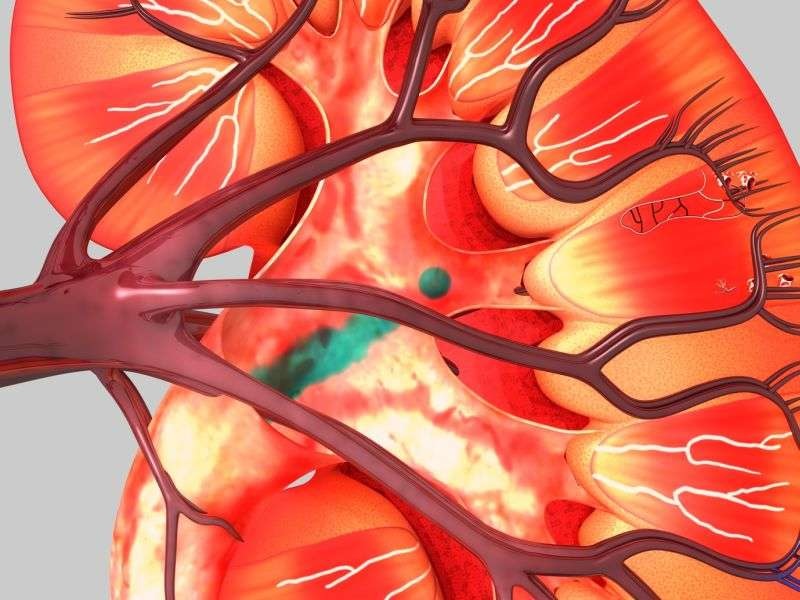Active surveillance for risk stratification of all small renal masses lacking predefined clinical criteria for intervention
Purpose:
Despite the general indolence of small renal masses (SRM) and no known adversity from treatment delays, the widespread use of active surveillance (AS) has not been studied as a means of risk stratifying patients. with SRM for a more selective treatment.
We describe the results of a novel approach in which active surveillance (AS) was recommended for all patients with SRM who lacked predefined progression criteria for intervention (PCI).
Materials and methods:
All patients with non-metastatic, non-dialysis-dependent SRM seen by a urologist at a comprehensive cancer center between January 2013 and September 2017 were treated with active surveillance if there were no standardized predefined progression criteria for intervention (PCI) , and delayed intervention (DI) was recommended only after the development of predefined progression criteria for intervention (PCI).
Predefined progression criteria for intervention (PCI) were prospectively defined as SRM-related symptoms, unfavorable histology, cT3a stage, or any of the following without benign neoplastic biopsy histology: longest tumor diameter (LTD) > 4 cm; growth rate > 5 mm/year for LTD≤3 cm or > 3 mm/year for LTD > 3 cm.
Results:
- 96% (123/128) of SRM patients lacked PCI at presentation and underwent active surveillance.
- With a median/mean follow-up of 31/34 months, none developed metastases and 30% (37/123) developed PCI, 78% (29/37) of whom underwent DI.
- One patient (1%) was transferred to deferred intervention (DI) without PCI.
- The 3-year PCI-free and DI-free rates were 72% and 75%, respectively.
- DI resections were enriched (62%) for pT3 and/or grade 3-4 nuclear malignant pathology, with no benign resections.

Conclusions: AS using predefined PCI in unselected SRM patients allows intervention to focus on at-risk SRMs with common adverse pathology, avoiding treatment for the majority of SRM patients. Long-term DI and oncological safety require study. |
















